The Port of Newcastle has signed off on agreements for Front End Engineering Designs (FEED) and Environmental Impact Statements (EIS) for the proposed Clean Energy Precinct which is slated to be developed across a disused site on Kooragang Island in the New South Wales (NSW) Hunter region.
The 220-hectare parcel of Port land has been earmarked as a production, storage, domestic distribution and export hub for clean energy products and technologies, including hydrogen and green ammonia.
Port of Newcastle CEO Craig Carmody said by providing key infrastructure, including land, utilities, and export services, the precinct will enable a diverse range of clean energy projects to flourish in the region.
“The Clean Energy Precinct is central to the Port of Newcastle’s diversification strategy to create the port that our community, our region, and our state needs for the future,” he said, noting that the precinct is expected to support about 5,800 jobs during construction and add an estimated $4.2 billion (USD 2.83 billion) to the Hunter regional economy.
The FEED and EIS agreements, funded as part of the Commonwealth government’s $100 million grant for the Clean Energy Precinct, cover electrical infrastructure, water services, general infrastructure, storage, berth infrastructure and pipelines to berth.
Lumea, an arm of NSW-based transmission company Transgrid, will conduct the electrical studies, Adelaide-based CoNexa will undertake the water FEED study and civil engineering company GHD will complete the general infrastructure, storage, berth and pipelines studies.
Carmody said this stage is expected to take approximately 18 months, and once complete will inform future site enablement, site layout and land platform design which will be used to prepare environmental planning approvals.
“This phase will determine the infrastructure and services critical to the progression of the precinct’s development and push us further towards hydrogen readiness,” he said.
“Pending planning and legislative requirements and timeframes, our production partners, KEPCO, are expected to begin construction of facilities in 2027, with the precinct to be operational from 2030.”
This content is protected by copyright and may not be reused. If you want to cooperate with us and would like to reuse some of our content, please contact: editors@pv-magazine.com.
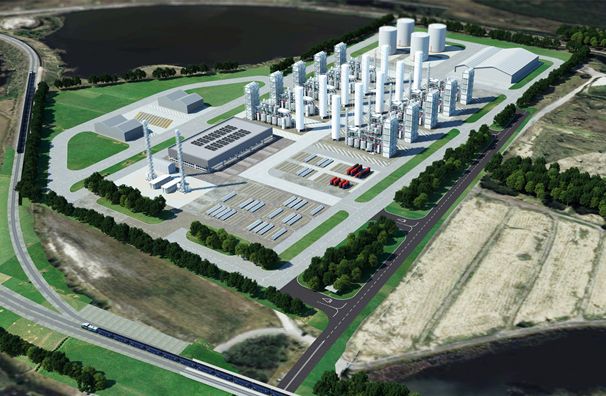
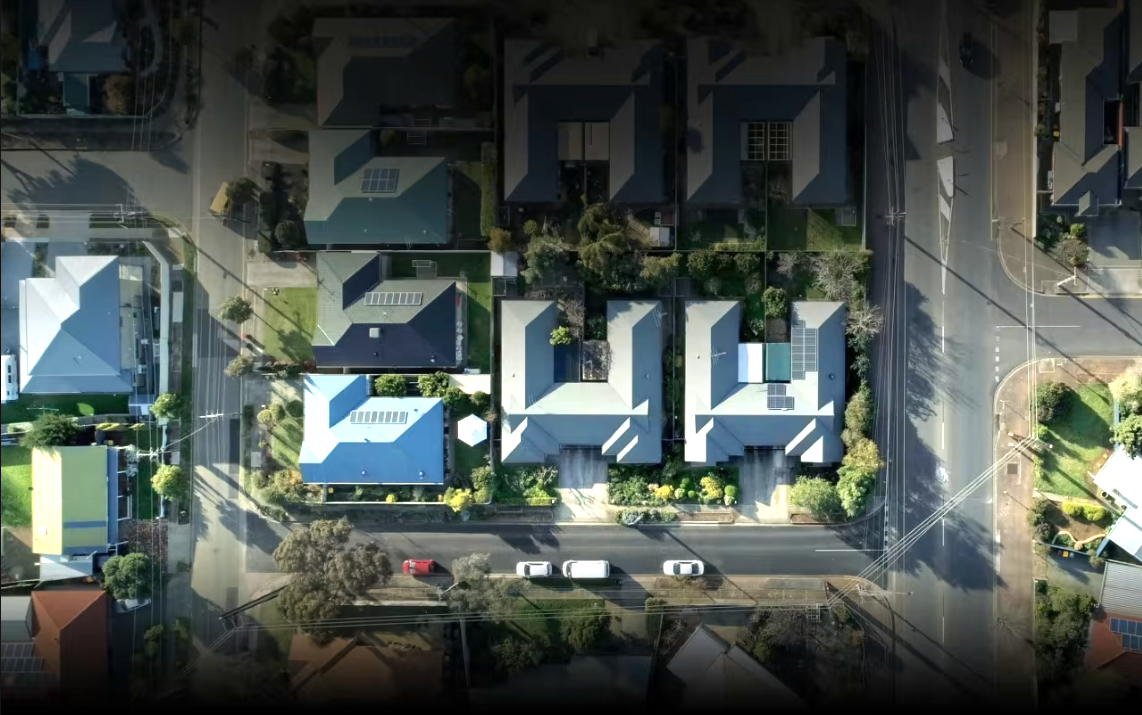


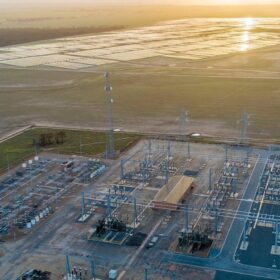
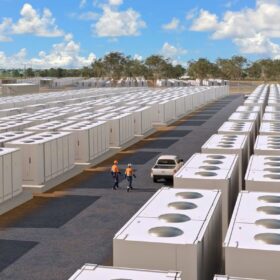
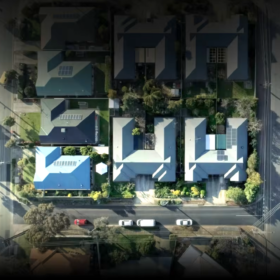
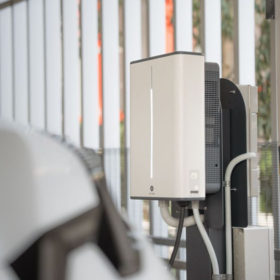
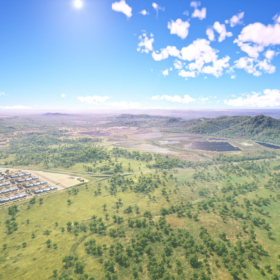
1 comment
By submitting this form you agree to pv magazine using your data for the purposes of publishing your comment.
Your personal data will only be disclosed or otherwise transmitted to third parties for the purposes of spam filtering or if this is necessary for technical maintenance of the website. Any other transfer to third parties will not take place unless this is justified on the basis of applicable data protection regulations or if pv magazine is legally obliged to do so.
You may revoke this consent at any time with effect for the future, in which case your personal data will be deleted immediately. Otherwise, your data will be deleted if pv magazine has processed your request or the purpose of data storage is fulfilled.
Further information on data privacy can be found in our Data Protection Policy.